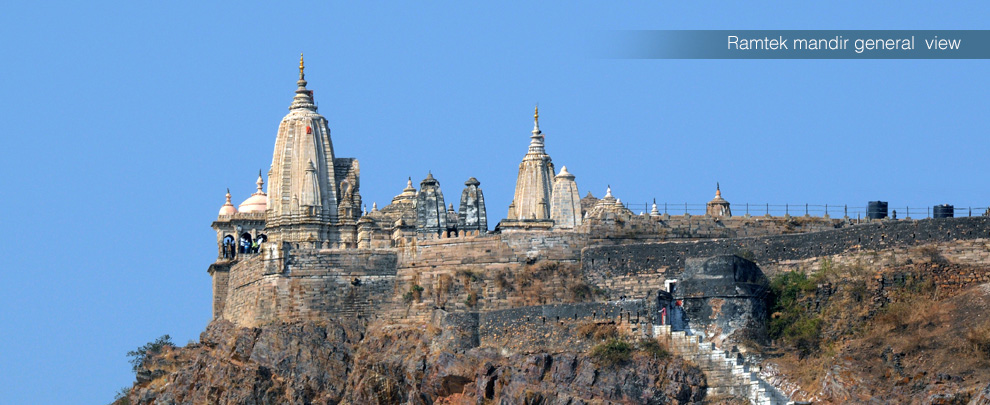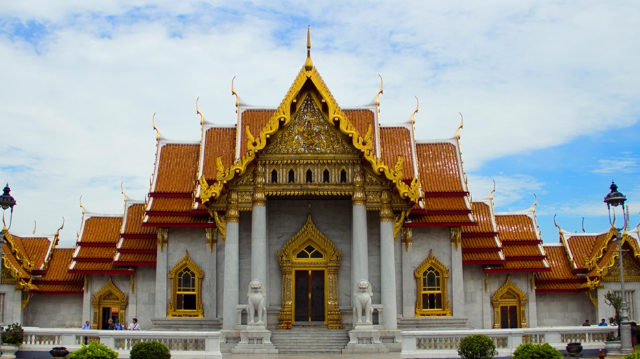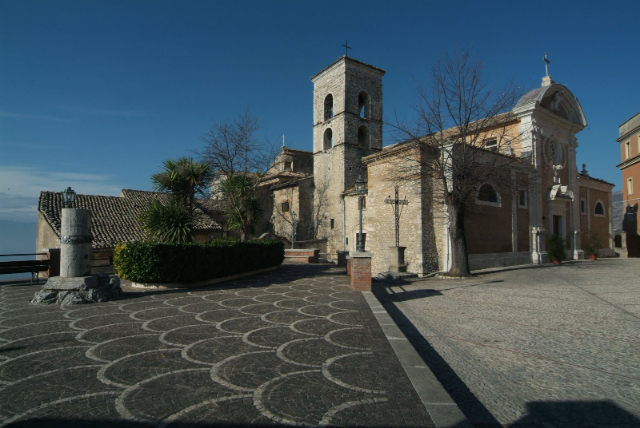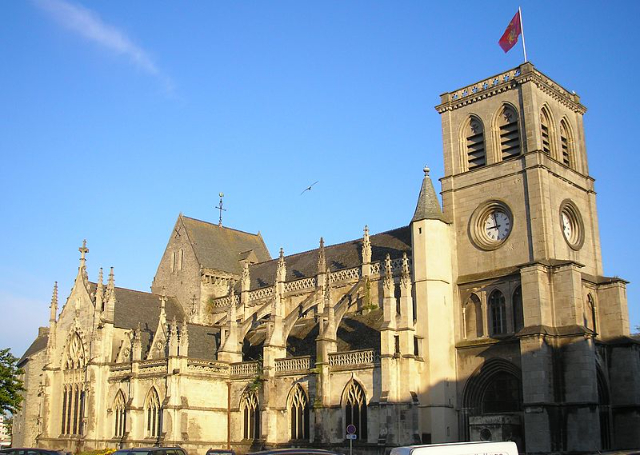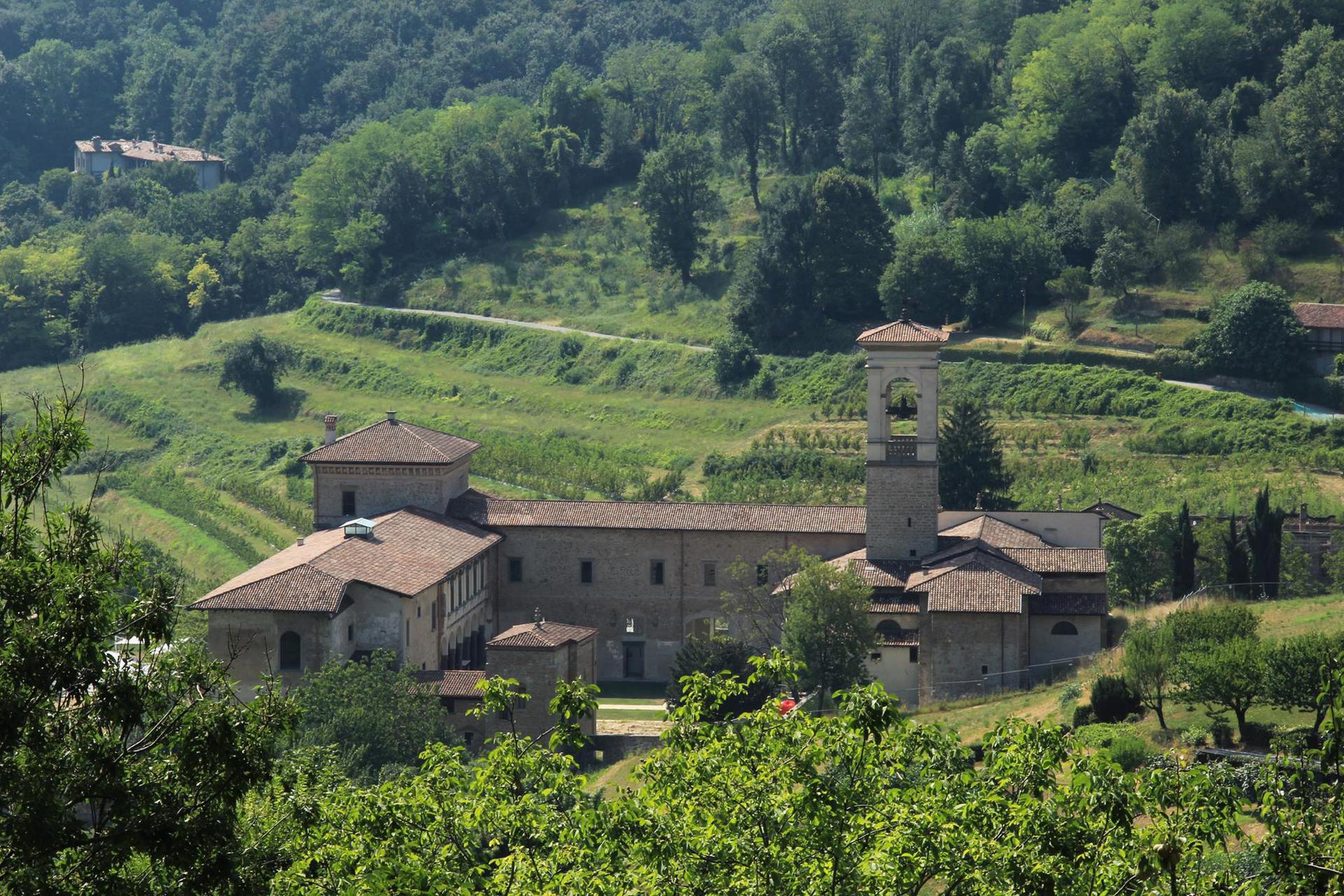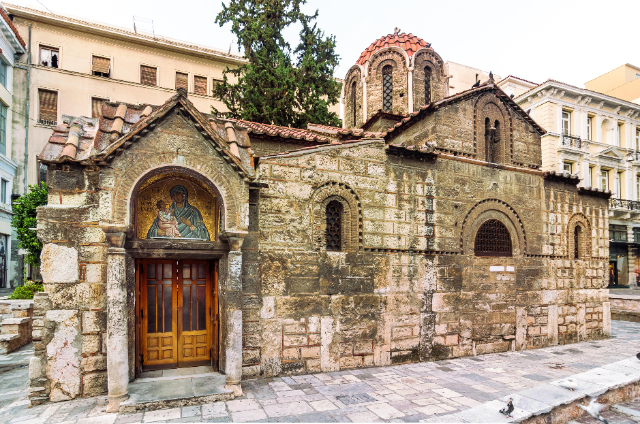In the territory of Campagnano di Roma, in the homonymous valley crossed by the Cremera river, you can admire the complex of buildings of the Sanctuary of the Madonna del Sorbo. It is perched on a rocky spur, where the millenary erosion of the river has created suggestive gorges with thick vegetation that make the place naturally well defended.
The first information on the origin of the sanctuary can be found in a diploma of Ottone III of 996 directed to the Monastery of S. Alessio, where it talks about the "Castellum Quod dicitur Sorbi"; and again in a petition addressed to Innocent III by the monks of S. Paolo for the recovery of various castles and among them that of Sorbo; finally we find it mentioned in a letter of Honorius III addressed to the monastery of S. Alessio. The Sanctuary consists of the church and some buildings of the XVII-XVIII century arranged on different levels. It can be accessed through a staircase reaching a small square on the second level, and through a small street that goes up to a second small square on the third level, the highest point of the complex, where the church was built. The complex has been recently restored after the complete abandonment and the total ruin into which it fell with the friars of Carmelo. What remains of the entire complex shows us traces of transformations of the original architectural layout that took place over time. The large, shallow and symmetrical interior has three naves with ten columns on which are set round arches, built with blocks of tuff. The floor is made of stone slabs, the ceiling of the nave is trussed wooden, while the ceilings of the other two naves are covered with cross vaults. The central work of the Sanctuary is a canvas on wood dating back to the 11th century, depicting a Virgin Mary with her robes and throne budding, very brightly coloured, in Byzantine style. The Marian cult, already present in the primitive medieval church, was probably invigorated through the legend that tells of a hoggy pig keeper whose hand the Madonna made grow back and asked him to build a sanctuary on the hill where she had appeared. The Sanctuary, now owned by the Agricultural University of Campagnano, consists of the monastery with renovations up to the eighteenth century, and the church dating back to the fifteenth century. Two altars were designed by Carlo Fontana in 1682.


